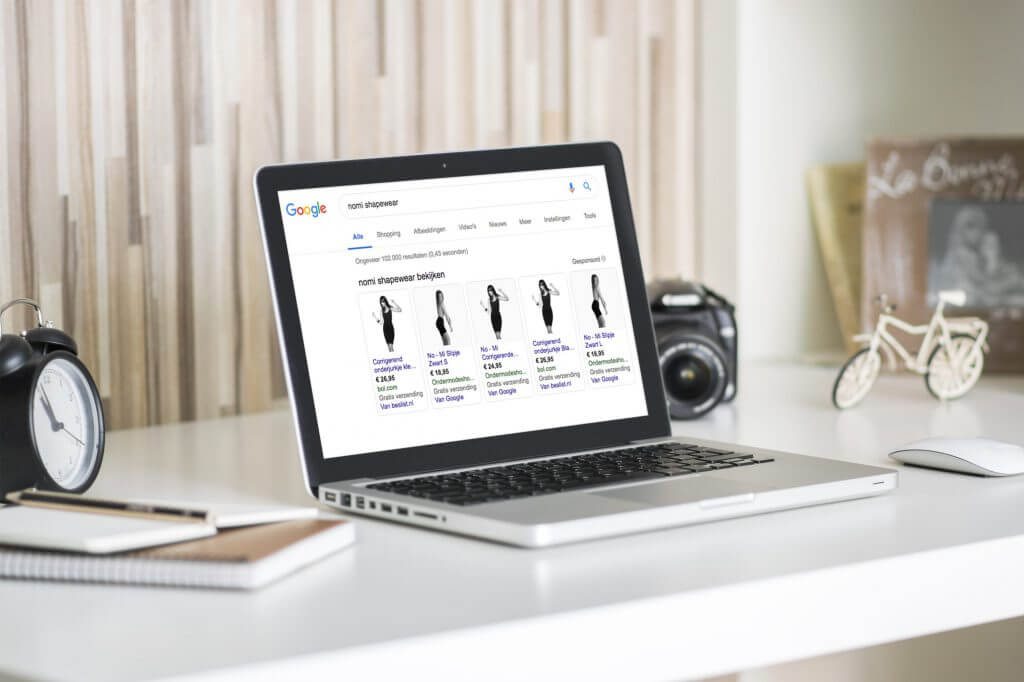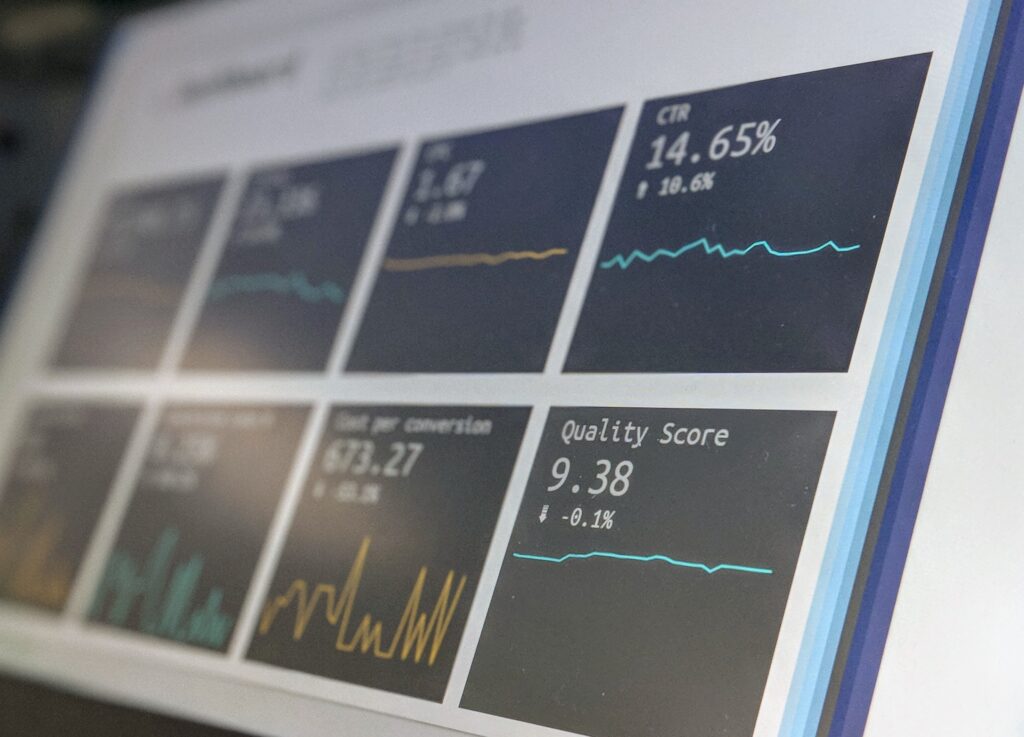Marketing involves many back and forth interactions until a final match is made. Quite often, online marketers will need to put a little more effort into it as they know the visitor is already interested, but somewhat hesitant to let them know. What online marketers want to know in the next contact moments is whether or not he or she is willing to commit. One way to find out is to set up a remarketing campaign.
Remarketing is a smart way to connect with visitors who have not yet converted. This marketing strategy makes it possible to show adverts to a predefined audience that has previously visited your site, as they browse elsewhere on the Internet. Remarketing can therefore be considered as one of the most effective advertising methods that boosts both customer retention and engagement. At least, if you’re doing it right. In this post, we’ll show you 3 ways to ensure your remarketing strategy is making the most out of it.

1. Understand the marketing funnel
By mapping what your visitor is doing while browsing on your website, you will get a better idea of the exact phase of the customer journey. A good way to do this is to make a so-called funnel. This is an overview of the steps of the customer journey. The deeper a visitor enters the funnel, the more he’ll become interested in what you have to offer.
For example, let’s take a visitor who reads a blog post and then takes a closer look on your product page. Later on, the same visitor returns to the website and downloads a whitepaper. This triggers the visitor to fill in the contact form. In other words: the visitor is nearly at the final stage where you want him namely, willing to commit and purchase your product/service.
By mapping out these phases, you’ll get a better idea of how to approach your visitor. In this example it wouldn’t make a lot of sense to remind the visitor of your free white paper, but it would be a good idea to remind him of your newest product and your free delivery service.
By carefully designing your landing pages, you can make sure each page has its own objectives. That also means you’ll need to avoid too much information on one page. For example, if you put your promo video, product information, subscription prices and contact form on the same page, you won’t be able to determine the exact phase. Spread and divide your information to make sure you have a good navigation structure.
2. Exclude already converted customers
Is it very unlikely that your converted customer will return for a new purchase? Then it would be wise to exclude already converted visitors from your future remarketing campaigns. This way you avoid wasting valuable advertising budget on visitors who are unlikely to convert. Defining this also increases the click-through rate (CTR) and the quality score of your marketing campaigns. Budget wise that will lead to lower cost-per-clicks and a higher advert position. Excluding converted customers will furthermore avoid them from feeling stalked.
3. Upsell and connect
Although the exact opposite of the above, upselling, can do the trick as well. Upselling through profiling is a popular remarketing strategy, ensuring visitors are targeted based on their previous purchases. By doing so, they are targeted via adverts with additional and related products. An example would be to target customers who have bought a new Playstation, with specific games or accessories like a wireless headset. You can also remind converted customers about other services you provide in order to keep your contacts warm. For instance, if they installed your app, you can remind them about free upgrades. In this case upselling it not the main objective, but you would be rather be looking for a steady customer relationship.
Would you like to learn more?
Would you like to learn more about marketing and see if you need to change your marketing strategy? We are happy to help! Contact us and we will work together on the best marketing strategy for your business.












